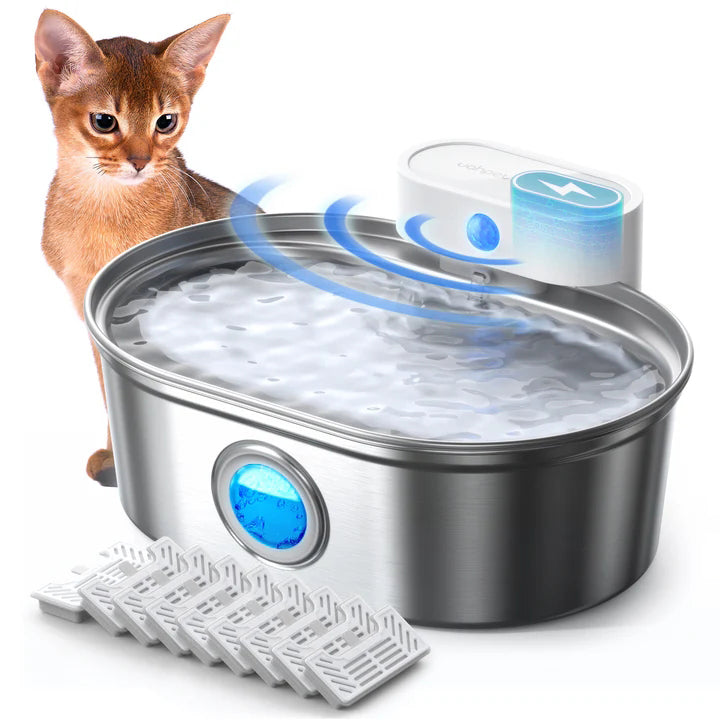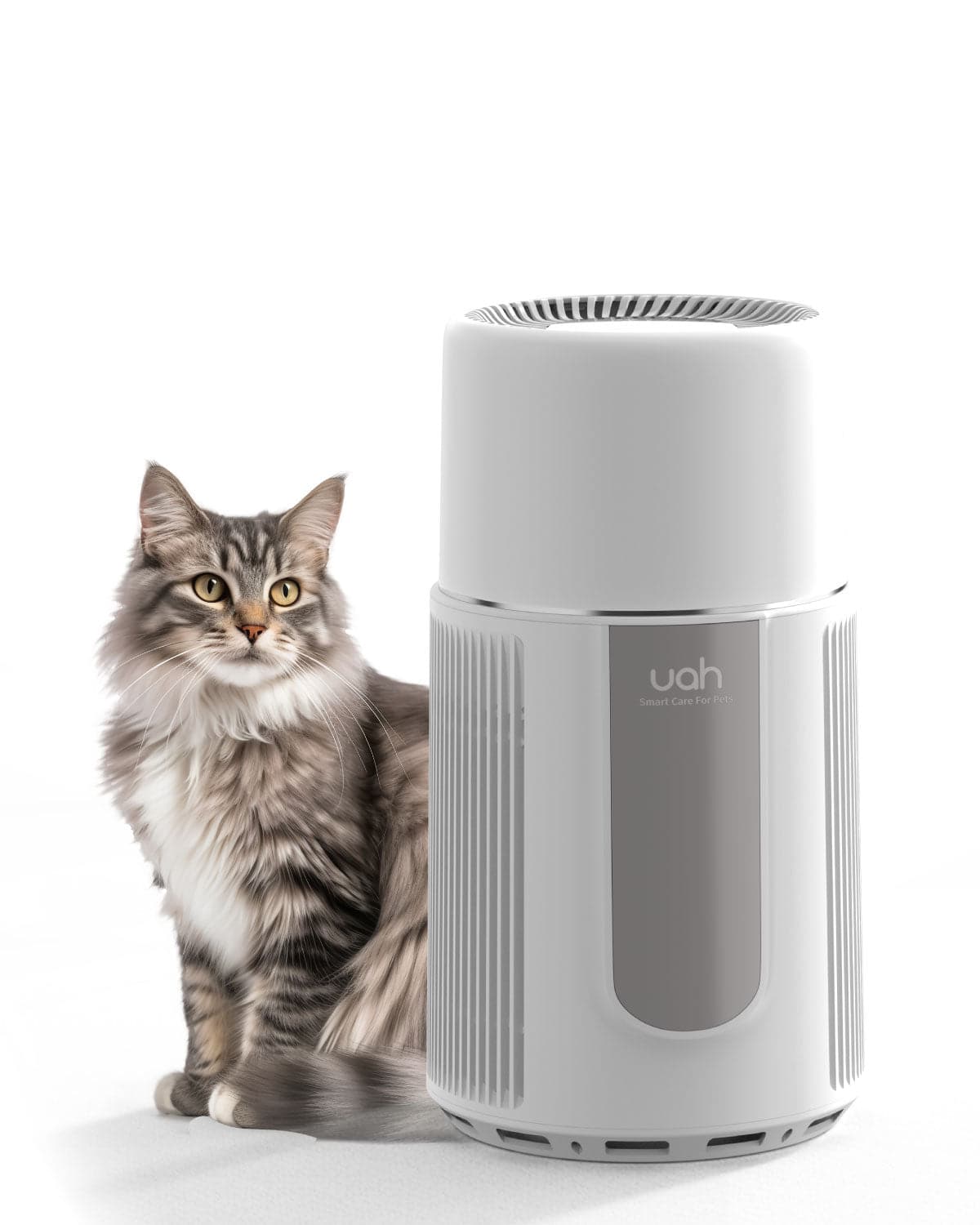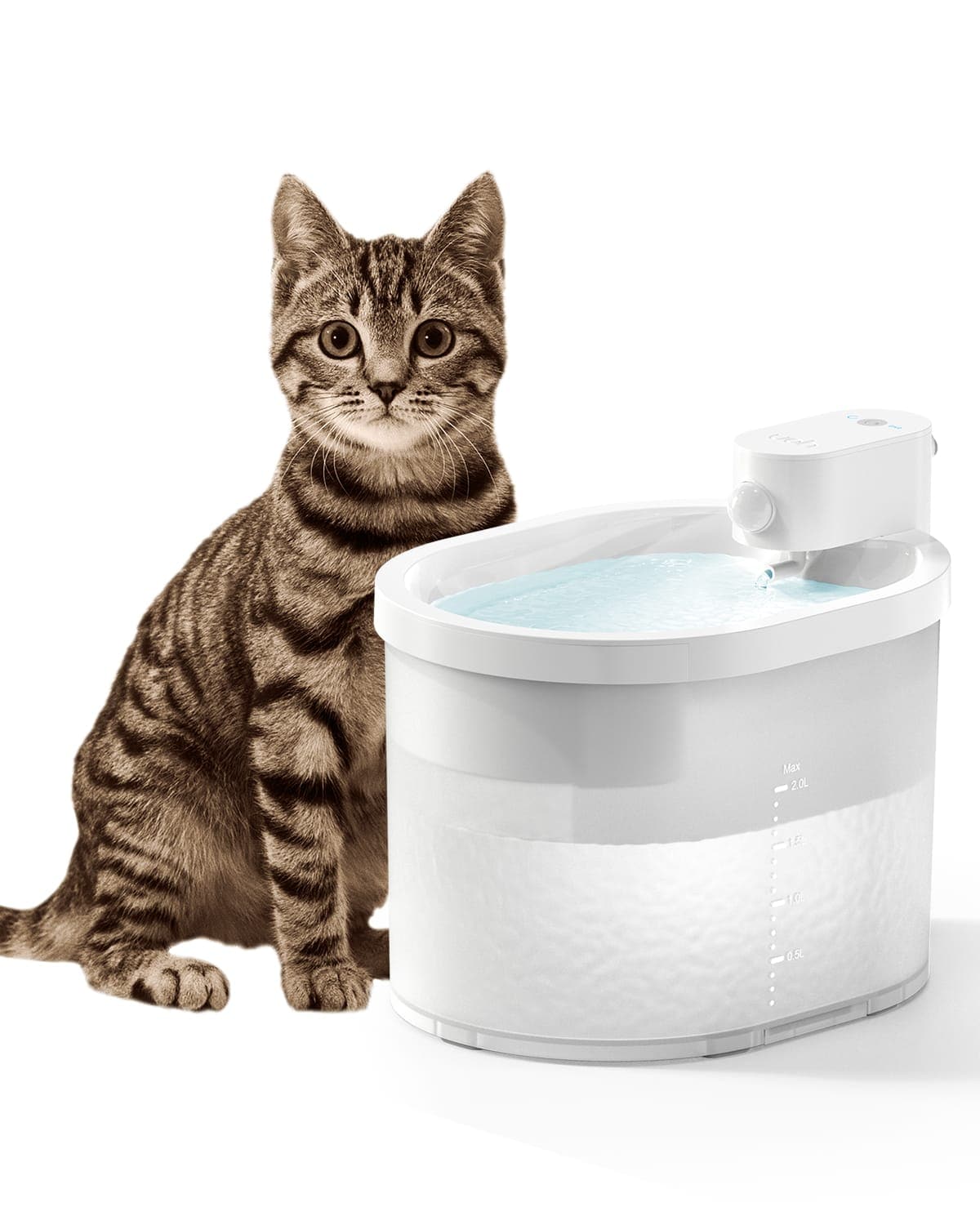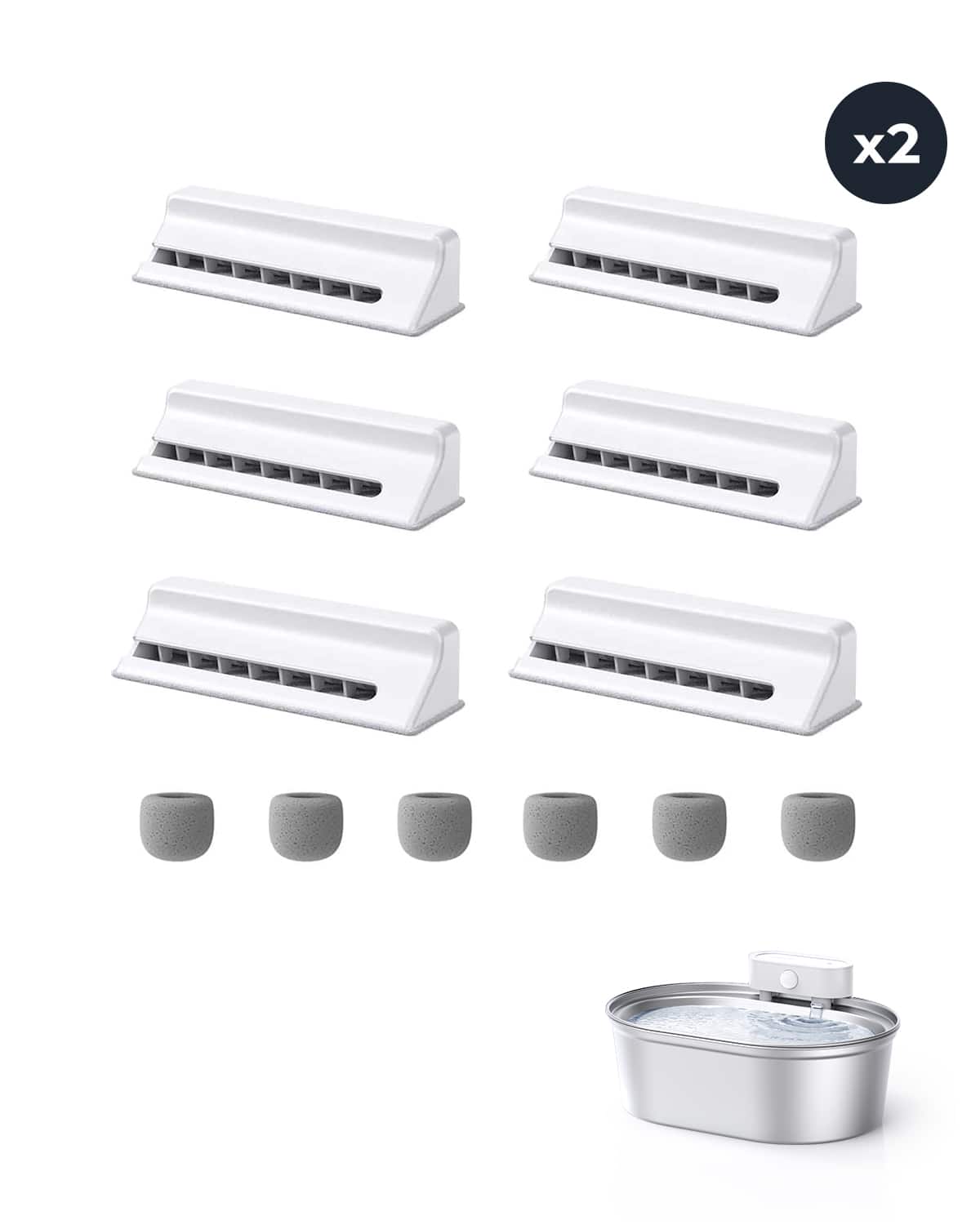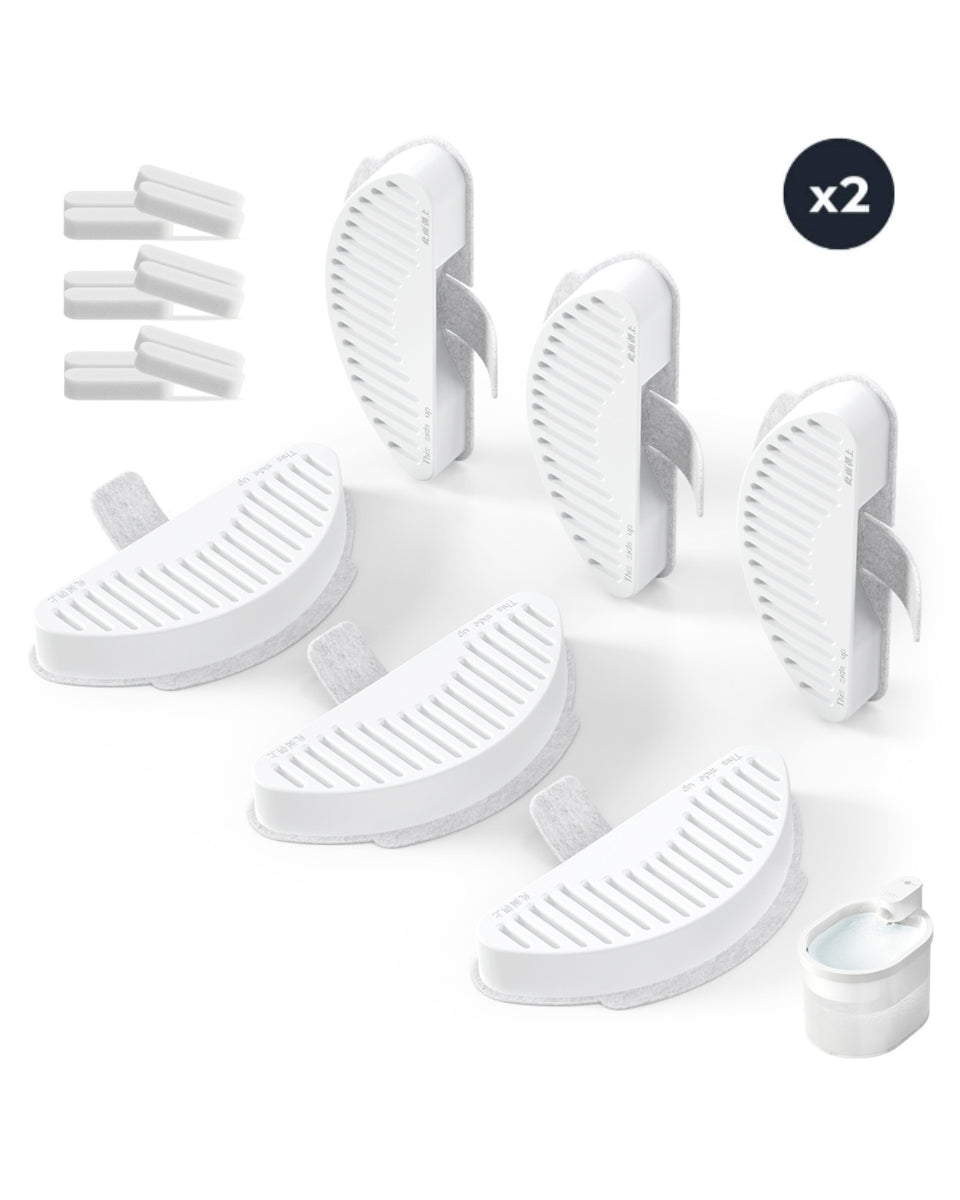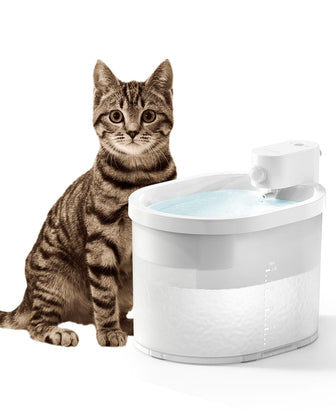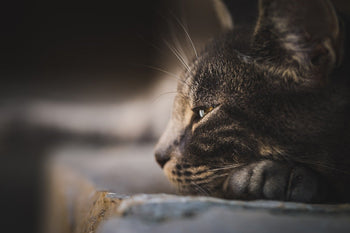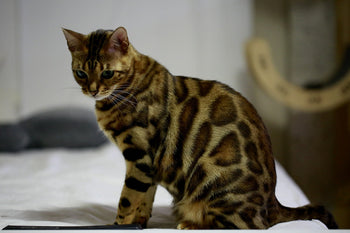Cats are adorable creatures that make great companions for many people. They come in different sizes, colors, and breeds, but one question that many cat owners have is when do cats stop growing? Understanding the growth patterns of cats is essential for their health and well-being. In this article, we will explore the various factors that affect the growth of cats and provide a timeline of their growth.
Factors Affecting Growth There are several factors that affect the growth of cats, including genetics, nutrition, and environment. Genetics plays a significant role in determining the size and weight of a cat. Some breeds are naturally larger than others, and their growth rate can vary. Nutrition is also essential for the growth of cats. A balanced diet that provides all the necessary nutrients is critical for healthy growth. Environmental factors such as stress and physical activity can also affect the growth of cats.
When Do Cats Stop Growing: A Guide to Feline Development
Key Takeaways
-
Genetics, nutrition, and environment all play a role in the growth of cats.
-
Kittens grow rapidly in the first few weeks of life and reach about 75% of their adult size by the age of six months.
-
Most cats have reached their full adult size by the age of one year, but some breeds can take up to three years to reach their full size.
Factors Affecting Growth
Cats are known for their agility and playful nature, but when it comes to their growth, there are several factors that come into play. Here are some of the key factors that can affect a cat's growth:
Influence of Breed, Genetics, and Nutrition
Breed and genetics play a major role in determining a cat's growth rate. Different breeds have different growth patterns and can reach maturity at different ages. For example, Siamese cats tend to reach maturity earlier than Persian cats. Genetics also play a role in determining a cat's size and weight. Some cats may be naturally smaller or larger than others due to their genetic makeup.
Nutrition is another important factor that can affect a cat's growth. A well-balanced diet that includes all the necessary nutrients is essential for healthy growth. Feeding a cat a diet that is too high in calories can lead to obesity, while a diet that is lacking in essential nutrients can lead to stunted growth.

Impact of Spaying or Neutering
Spaying or neutering a cat can also have an impact on their growth. Cats that are spayed or neutered at a young age may grow larger than cats that are not. This is because spaying or neutering can affect the cat's hormonal balance, which can in turn affect their growth rate.
However, it's important to note that spaying or neutering is still recommended for the overall health and well-being of the cat. The potential impact on growth is just one factor to consider when making the decision to spay or neuter.
when are cats fully grown
Timeline of Growth The growth of cats can be divided into several stages. Kittens grow rapidly in the first few weeks of life, and by the age of six months, they have reached about 75% of their adult size. From six months to one year, cats continue to grow, but at a slower rate. By the age of one year, most cats have reached their full adult size. However, some breeds, such as Maine Coons, can take up to three years to reach their full size.
General Timeline Based on Age and Breed
In general, cats stop growing between 1-2 years of age. However, this timeline can vary depending on the breed of the cat. For example, larger breeds such as Maine Coons can take up to 4 years to reach their full size.
During the first few weeks of life, kittens grow rapidly, with their weight doubling or even tripling in just a few short weeks. By the time they are 6 months old, most cats have reached about 75% of their adult size. From there, growth slows down, with cats gaining weight at a much slower rate until they reach their final size.
| Cat Type | Cat Breed (Example) | Physical Features | Growth Ceases Time | Stable Weight Range |
|---|---|---|---|---|
| Small-sized Cats | Siamese | Thin, slender frame, long neck and large ears, elongated body, slim legs, tapered tail. | 10 - 12 months | 4 - 4.5 kg |
| Oriental Shorthair | Slender body, smaller frame, long, straight neck, long legs, tapered tail, elegant appearance. | 10 - 12 months | 4 - 4.5 kg | |
| Bengal | Strong, muscular frame, long limbs, spotted or striped tail, leopard-like coat pattern. | 12 - 18 months | 5 kg | |
| Medium-sized Cats | British Shorthair | Round frame, muscular build, round face, large eyes, stout legs, thick tail. | 12 - 18 months | 6 - 8 kg |
| American Shorthair | Sturdy frame, muscular build, medium-large body, slightly rounded head, medium-length tail, dense coat. | 12 - 18 months | 5 - 6 kg | |
| Russian Blue | Slender frame, graceful body, moderate muscle mass, long neck, slender limbs, green eyes. | 12 - 18 months | 5 - 5.5 kg | |
| Large-sized Cats | Maine Coon | Robust frame, long legs, large head, wide ears, long, thick tail, dense fur. | 18 - 24 months | 8 - 11 kg |
| Norwegian Forest Cat | Large frame, muscular build, sturdy limbs, long, thick tail, thick and fluffy coat, adapted to cold environments. | 18 - 24 months | 7 - 9 kg | |
| Savannah | Large frame, muscular build, long and strong limbs, long, thin tail, wild cat-like appearance. | 18 - 24 months | 9 - 11 kg | |
| Mixed-breed Cats | Domestic Shorthair/Longhair | Varied frame and body type, diverse coat types, highly adaptable. | 12 - 18 months | 4 - 6 kg |
| Tabby | Medium frame, moderate body size, long limbs, tail with distinct stripes. | 12 - 18 months | 4 - 5.5 kg | |
| Tuxedo Cat | Medium frame, proportional limbs and tail, sleek coat, common black and white color pattern. | 12 - 18 months | 4 - 5.5 kg |
Monitoring Growth Development
Monitoring your cat's growth development is important to ensure they are healthy and growing at a normal rate. Regular vet check-ups can help identify any potential issues early on. Additionally, monitoring your cat's weight and body condition score can help you track their growth and ensure they are not becoming overweight or underweight.
Providing a balanced diet and plenty of exercise is crucial to support your cat’s growth and development. Ensuring your cat gets enough physical activity each day helps maintain a healthy weight and muscle development. This can be achieved by offering a variety of toys and scratching posts for them to play with, keeping their claws healthy.
Additionally, giving them plenty of opportunities to climb and explore enhances their agility and overall development.Furthermore, ensuring your cat stays well-hydrated is just as important. Using an appropriate water fountain can ensure your cat has access to clean, fresh water. Cats tend to prefer flowing water, and a water fountain not only attracts them to drink more but also helps maintain good hydration levels, preventing urinary and kidney issues.

Health Considerations
When it comes to cats, ensuring their health and well-being is a top priority. As cats grow, it is important to keep an eye on their health and schedule regular veterinary check-ups to prevent and detect any potential health issues.
Importance of Veterinary Check-Ups
Regular veterinary check-ups are essential for cats of all ages, including kittens and adult cats. These check-ups can help detect any potential health issues early on, allowing for prompt treatment and management. During these check-ups, the veterinarian will perform a physical exam, check for any abnormalities, and recommend any necessary tests or treatments.
In addition to regular check-ups, it is important to keep up with your cat's vaccinations, parasite prevention, and dental care. These preventative measures can help keep your cat healthy and reduce the risk of potential health issues.
Potential Health Issues
As cats grow, there are several potential health issues to be aware of. These can include dental disease, obesity, kidney disease, and hyperthyroidism, among others. Signs of these health issues can include changes in appetite, weight loss or gain, lethargy, and changes in behavior.
If you notice any changes in your cat's behavior or health, it is important to schedule a veterinary check-up as soon as possible. Early detection and treatment can help improve your cat's overall health and quality of life.
Conclusion
In conclusion, cats stop growing at different ages depending on their breed, gender, and overall health. Most cats reach their full size by the time they are one year old, but some breeds can take up to three years to reach their full size. It is important to note that while cats may stop growing in size, they can continue to gain weight and become overweight or obese if they are not fed a healthy diet and given enough exercise.
It is also important to monitor a cat's growth and development during their first year of life to ensure they are reaching their milestones and growing at a healthy rate. Regular visits to the veterinarian can help identify any potential health issues that may be affecting a cat's growth.
Overall, understanding when cats stop growing can help cat owners provide the best care for their furry friends and ensure they live long, healthy lives.

Frequently Asked Questions
At what age do male cats typically reach full size?
Male cats typically reach their full size between 1-2 years of age. However, some breeds may take longer to reach their full size.
How long does it take for female cats to reach their full growth?
Female cats generally reach their full size by the time they are 1 year old. However, like male cats, some breeds may take longer to reach their full size.
What is the growth rate of kittens during their first year?
During their first year, kittens can grow up to 1 pound per month. However, their growth rate may vary depending on their breed, diet, and overall health.
Can the size of a kitten's paws indicate its adult size?
The size of a kitten's paws is not a reliable indicator of its adult size. While larger paws may suggest a larger adult size, it is not always the case.
How does the growth timeline differ for large breeds like Maine Coons?
Large breeds like Maine Coons may take longer to reach their full size, with some not reaching their full size until they are 3-5 years old.
What factors can affect the growth and development of a domestic cat?
Factors such as genetics, nutrition, and overall health can affect the growth and development of a domestic cat. It is important to provide them with a balanced diet, regular exercise, and proper veterinary care to ensure their healthy growth and development.
Related Posts:
- Best Cat Fountain for Big Cats: Top Picks and Buying Guide
- How Does a Wireless Cat Water Fountain Work? A Clear Explanation
- Why Is My Cat Drinking So Much Water: Common Causes and Solutions
- Troubleshooting Tips for Your Wireless Cat Water Fountain
- UAHPET vs Petlibro Water Fountain: Which One is Better for Your Pet's Hydration Needs?


